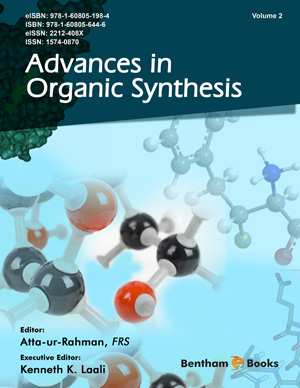Abstract
SHS investigation development is considered from the geographical and historical viewpoint. 3 stages are described. Within Stage 1 the work was carried out in the Department of the Institute of Chemical Physics in Chernogolovka where the scientific discovery had been made. At Stage 2 the interest to SHS arose in different cities and towns of the former USSR. Within Stage 3 SHS entered the international scene. Now SHS processes and products are being studied in more than 50 countries.
Abstract
Interhalogen monofluorides (XF; X=Cl, Br or I) generated in situ from hypohalites or N-halosuccinimides and a source of fluoride ion are “sluggish” electrophiles. XF reagents formed from F2 gas and a halogen source (ie: ClF3, Br2, I2,) are very reactive electrophiles. This wide range of reactivity allows the synthetic chemist to carry out reactions on electron-rich or electron-deficient substrates. Halofluorinations of alkenes, alkynes and electrophilic aromatic substitution without catalyst are reviewed. Synthesis of geminal difluorides from hydrazones is also presented.
Recommended Chapters
We recommend

Authors:Bentham Science Books


 Download PDF Flyer
Download PDF Flyer



